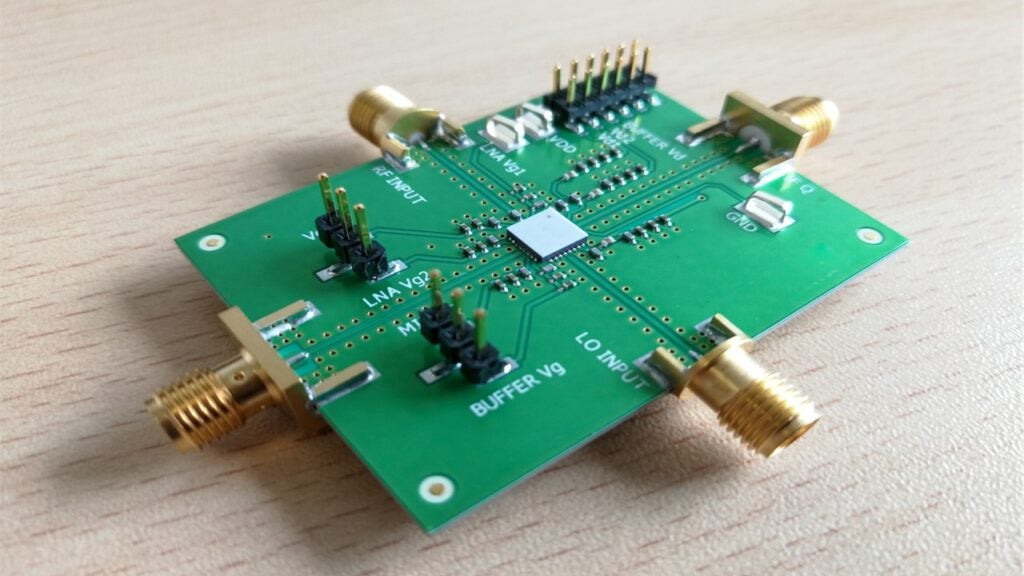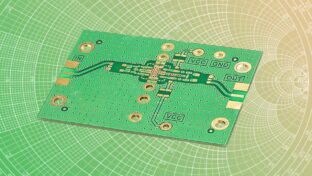
![]() This course covers the comprehensive understanding of amplifier design, stability, and efficiency. It starts with the importance of impedance matching in circuits, explaining the difference between passive and active circuits. The course then delves into the design of input and output matching circuits for active devices, using the Smith chart as a tool. It further discusses the challenges in realizing ideal inductors and capacitors in real-world scenarios, and how microstrip lines can be used to overcome these challenges. The course also covers the fundamentals of microwave integrated circuits, focusing on the basics of microstrip and matching using lumped elements. It explains how short lengths of high impedance or low impedance microstrip lines can substitute for inductances and capacitances. The course concludes with a detailed explanation of power gains, stability aspects, and the unilateral case in amplifier design. It also covers the concept of stability in amplifier, explaining the role of gamma in determining stability. The course further explores the concept of stability circles, including input and output stability circles, and how they can be used to identify stable and potentially unstable regions.
This course covers the comprehensive understanding of amplifier design, stability, and efficiency. It starts with the importance of impedance matching in circuits, explaining the difference between passive and active circuits. The course then delves into the design of input and output matching circuits for active devices, using the Smith chart as a tool. It further discusses the challenges in realizing ideal inductors and capacitors in real-world scenarios, and how microstrip lines can be used to overcome these challenges. The course also covers the fundamentals of microwave integrated circuits, focusing on the basics of microstrip and matching using lumped elements. It explains how short lengths of high impedance or low impedance microstrip lines can substitute for inductances and capacitances. The course concludes with a detailed explanation of power gains, stability aspects, and the unilateral case in amplifier design. It also covers the concept of stability in amplifier, explaining the role of gamma in determining stability. The course further explores the concept of stability circles, including input and output stability circles, and how they can be used to identify stable and potentially unstable regions.
-
Cost: FREE
- Course Duration: 4-6 HOURS
- Skill Level: Intermediate
- Skills Gained: Amplifier, gain stability, noise figure, Amplifier classes
No reviews available for this learning resource.









